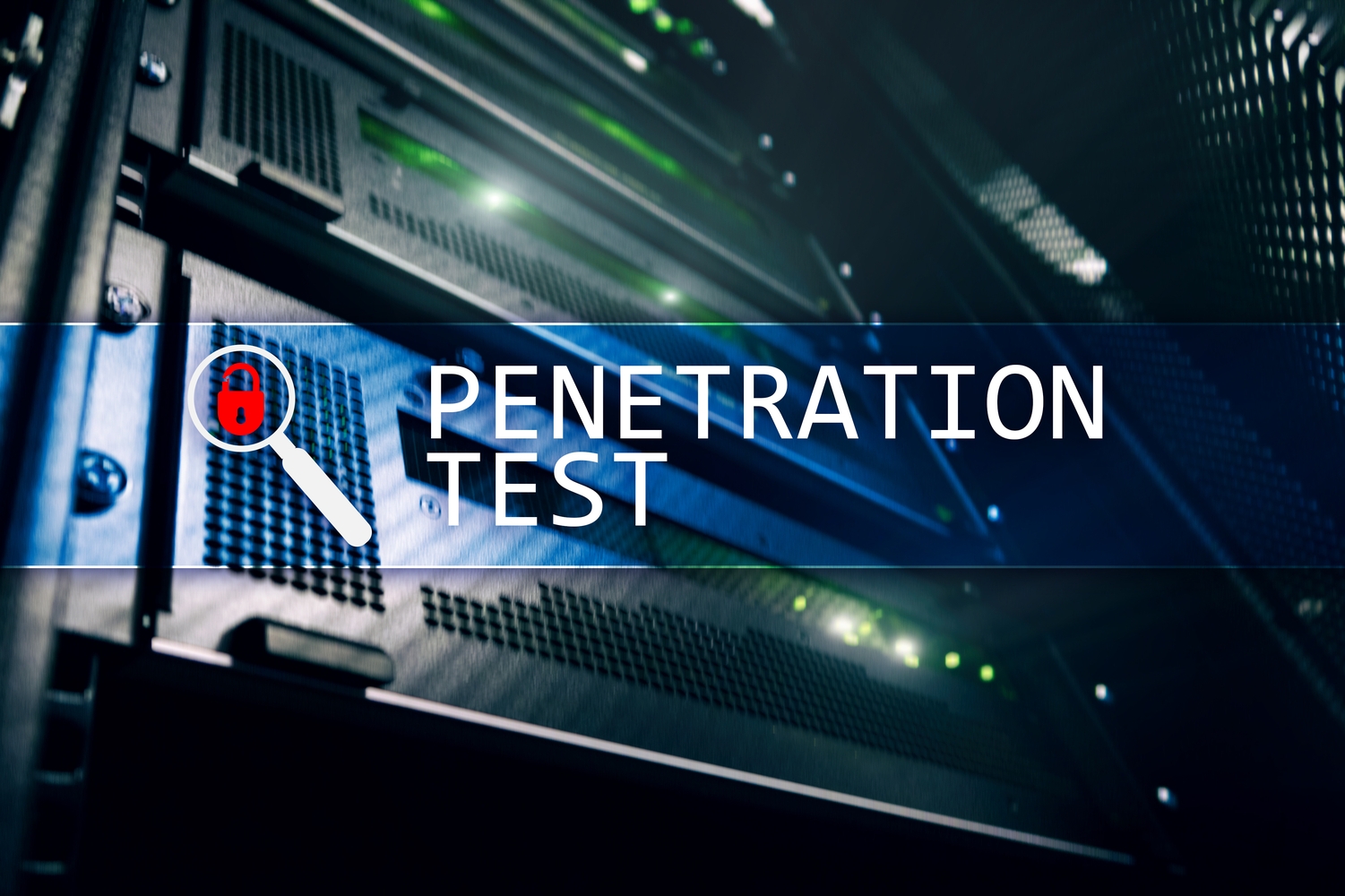Enhancing Cybersecurity Resilience Through Comprehensive Penetration Testing Strategies
This comprehensive article explores how penetration testing enhances cybersecurity defenses. It highlights various methodologies like black box, white box, gray box, and social engineering tests, emphasizing their importance in identifying vulnerabilities before malicious actors do. Regular pen testing not only detects security gaps but also strengthens overall security posture, ensures regulatory compliance, and builds organizational trust. An essential component of modern cybersecurity strategies, penetration testing helps organizations proactively safeguard critical assets against evolving cyber threats, fostering a more resilient digital environment.

Enhancing Cybersecurity Resilience Through Comprehensive Penetration Testing Strategies
In the rapidly evolving digital landscape of today, cybersecurity has become a top priority for organizations across all industries. As cyber threats become more sophisticated, targeted, and frequent, companies must adopt proactive measures to safeguard their digital assets, sensitive data, and operational integrity. One of the most effective methods to identify vulnerabilities before malicious actors do is through comprehensive penetration testing, often referred to as "pen testing." This in-depth process plays an essential role in strengthening cybersecurity defenses by uncovering hidden security gaps and enabling organizations to address them proactively.
This article delves into the significance of penetration testing within contemporary cybersecurity frameworks, exploring various testing methodologies, benefits, and best practices that can help organizations build resilient and secure digital environments.
Understanding the Importance of Penetration Testing
Penetration testing serves as a simulated cyberattack conducted in a controlled environment to evaluate the security posture of an organization’s digital infrastructure. By mimicking real-world attack techniques, pen testers can identify vulnerabilities across networks, applications, and systems that malicious hackers might exploit. This proactive approach not only helps prevent data breaches but also enhances overall security awareness within an organization.
In an era where regulatory frameworks such as PCI DSS, GDPR, HIPAA, and others mandate regular security assessments, performing systematic pen testing has become a compliance necessity. Beyond regulatory benefits, organizations gain insights into the effectiveness of their current security measures, enabling a targeted response to address specific weaknesses before they are exploited by cybercriminals.
The Critical Role of Penetration Testing in Modern Cybersecurity
Organizations rely heavily on digital systems for daily operations, making them attractive targets for cyber threats. Pen testing acts as a diagnostic tool, providing a comprehensive snapshot of an organization’s security health. It highlights potential entry points and areas of vulnerability that might have been overlooked during routine security audits.
By identifying these weak spots early, organizations can implement effective safeguards, patch vulnerabilities, and improve their security architecture. Moreover, regular pen testing prepares organizations for emerging threats by testing the resilience of their defenses against evolving attack vectors.
In addition to technical evaluations, pen testing fosters a security-conscious culture among staff, emphasizing the importance of cybersecurity best practices and awareness. Overall, it is an indispensable component of a multi-layered cybersecurity strategy aimed at protecting critical digital assets in an increasingly hostile cyber environment.
Different Approaches to Penetration Testing
Several methodologies are employed in pen testing, each suited to different organizational needs, security maturity levels, and compliance requirements. Understanding these approaches helps in designing customized testing strategies that provide maximum value.
Black Box Testing: This approach involves limited or no prior knowledge of the target system. Pen testers simulate external cyber threats by attacking the system as an outsider, revealing vulnerabilities that could be exploited by malicious actors with no insider information. Black box testing is particularly useful for assessing the security of perimeter defenses and remote access points.
White Box Testing: In this comprehensive approach, testers have full knowledge of the system’s architecture, source code, and infrastructure. It allows for an in-depth security analysis, uncovering hidden weaknesses, logic flaws, and coding errors. White box testing is ideal for internal assessments and applications requiring rigorous scrutiny.
Gray Box Testing: Combining elements of both black and white box testing, this approach gives testers partial knowledge of the target system. It focuses on specific components or areas that may be more vulnerable, balancing thoroughness with efficiency. Gray box testing is commonly used for targeted security evaluations and assessing third-party integrations.
Social Engineering Tests: Cybersecurity isn’t just about technology—people can be the weakest link. These tests evaluate the effectiveness of employee training and awareness by attempting to manipulate staff into revealing sensitive information, clicking malicious links, or performing risky actions. Social engineering exercises help organizations build human firewall defenses.
Benefits of Implementing Penetration Testing
Beyond vulnerability discovery, pen testing provides a host of advantages that contribute to an overall stronger security posture. These include:
Enhanced Security Awareness: Regular testing educates staff on common attack techniques and security best practices, fostering a security-first mindset across the organization.
Trust and Credibility: Demonstrating a proactive security stance reassures clients, partners, and stakeholders that the organization is committed to protecting sensitive data and maintaining trust.
Regulatory Compliance: Many industry standards require regular security assessments. Routine penetration testing ensures adherence to these regulations, avoiding penalties and legal issues.
Improved Incident Response: Pen tests help evaluate and strengthen incident detection, response, and recovery plans, ensuring swift action during actual security events.
Protection of Critical Assets: Systematic testing helps prioritize security investments by identifying the most exploitable vulnerabilities, thus safeguarding vital information and infrastructure.
In today’s threat landscape, where cyberattacks continue to evolve rapidly, organizations must adopt an ongoing, comprehensive approach to cybersecurity. Regular penetration testing is a key element of this strategy, empowering organizations to stay one step ahead of cyber adversaries and maintain resilient defenses that protect their digital future.





